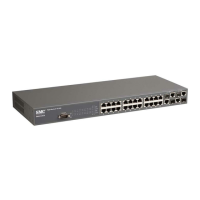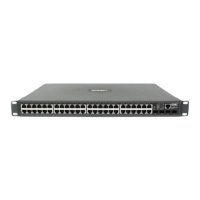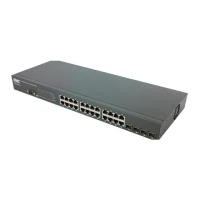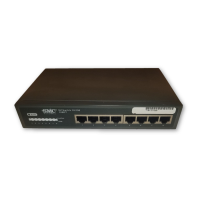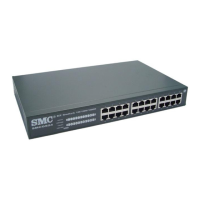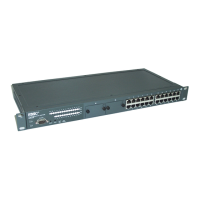I
NTRODUCTION
1-4
security controls by restricting access to specific network resources or
protocols.
Port Configuration – You can manually configure the speed, duplex
mode, and flow control used on specific ports, or use auto-negotiation to
detect the connection settings used by the attached device. Use the
full-duplex mode on ports whenever possible to double the throughput of
switch connections. Flow control should also be enabled to control
network traffic during periods of congestion and prevent the loss of
packets when port buffer thresholds are exceeded. The switch supports
flow control based on the IEEE 802.3x standard.
Rate Limiting – This feature controls the maximum rate for traffic
received on an interface. Rate limiting is configured on interfaces at the
edge of a network to limit traffic into the network. Packets that exceed the
acceptable amount of traffic are dropped.
Port Mirroring – The switch can unobtrusively mirror traffic from any
port to a monitor port. You can then attach a protocol analyzer or RMON
probe to this port to perform traffic analysis and verify connection
integrity.
Port Trunking – Ports can be combined into an aggregate connection.
Trunks can be manually set up or dynamically configured using IEEE
802.3ad Link Aggregation Control Protocol (LACP). The additional ports
dramatically increase the throughput across any connection, and provide
redundancy by taking over the load if a port in the trunk should fail. The
switch supports up to 8 trunks.
Broadcast Storm Control – Broadcast suppression prevents broadcast
traffic from overwhelming the network. When enabled on a port, the level
of broadcast traffic passing through the port is restricted. If broadcast
traffic rises above a pre-defined threshold, it will be throttled until the level
falls back beneath the threshold.
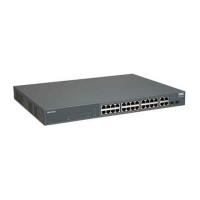
